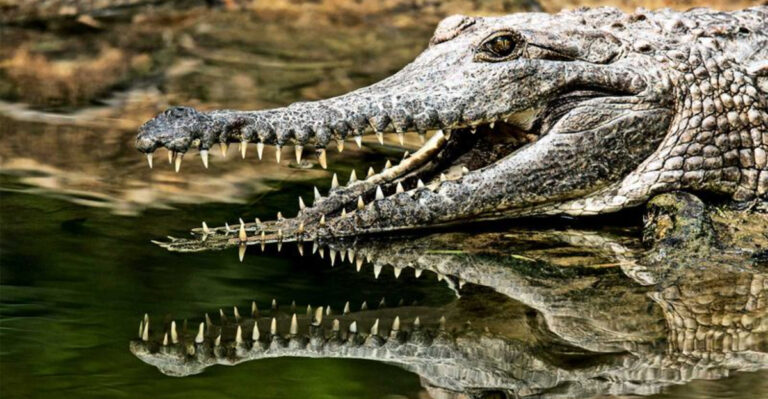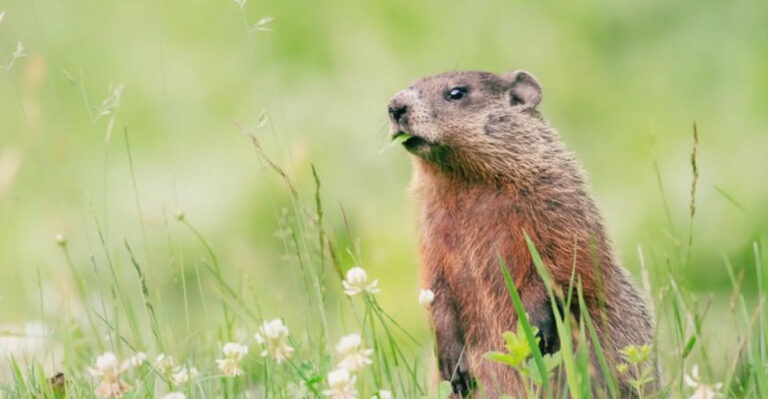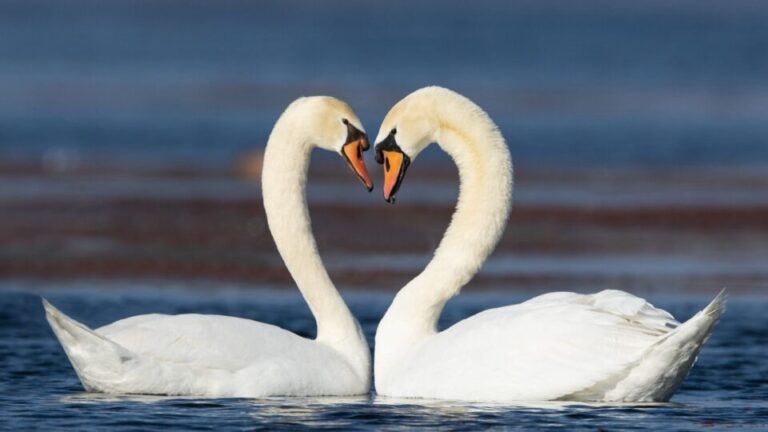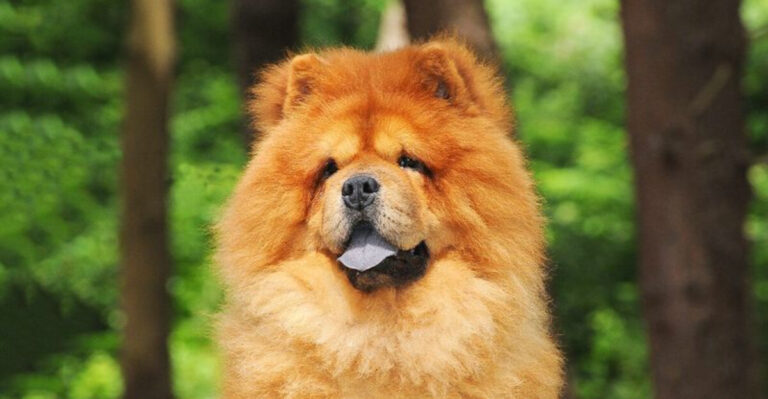9 Perfectly Calm Dogs Ideal For Retirement Homes (And 6 Energetic Breeds That Need Space To Roam)
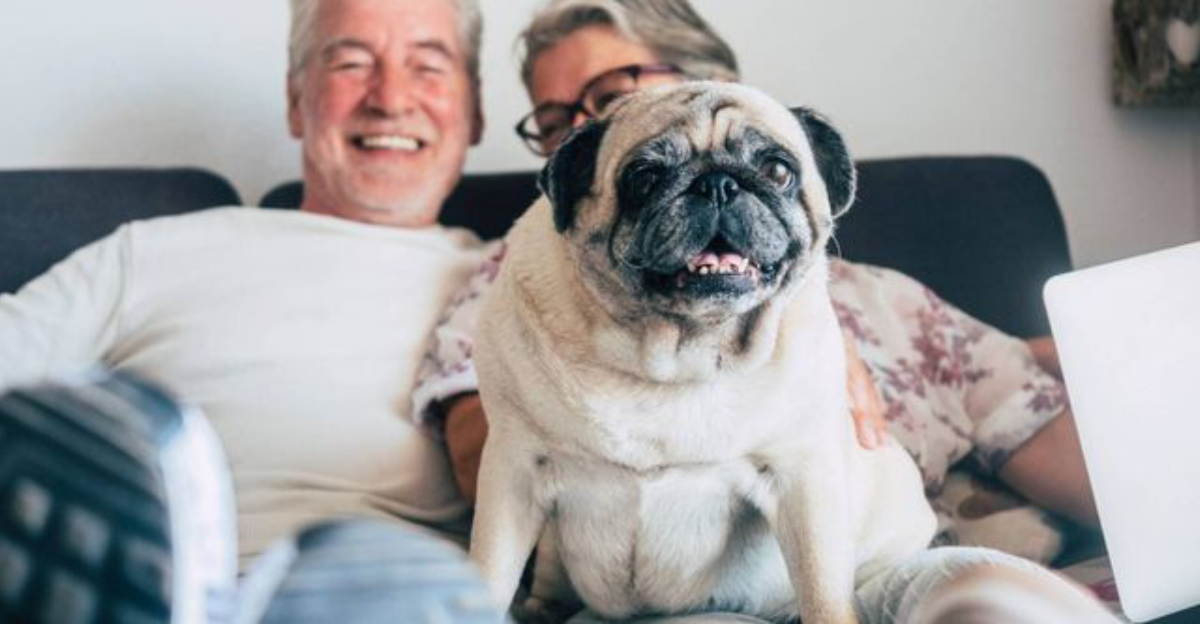
Choosing the right canine companion during retirement years can make all the difference in your daily happiness. Some dogs naturally fit into quieter lifestyles with their calm temperaments and modest exercise needs.
Others, while wonderful pets, have energy levels that would overwhelm smaller living spaces and less active owners.
Let’s explore which furry friends might be perfect partners for your golden years – and which ones might be better suited for homes with plenty of running room.
1. Cavalier King Charles Spaniel – The Royal Lap Warmer
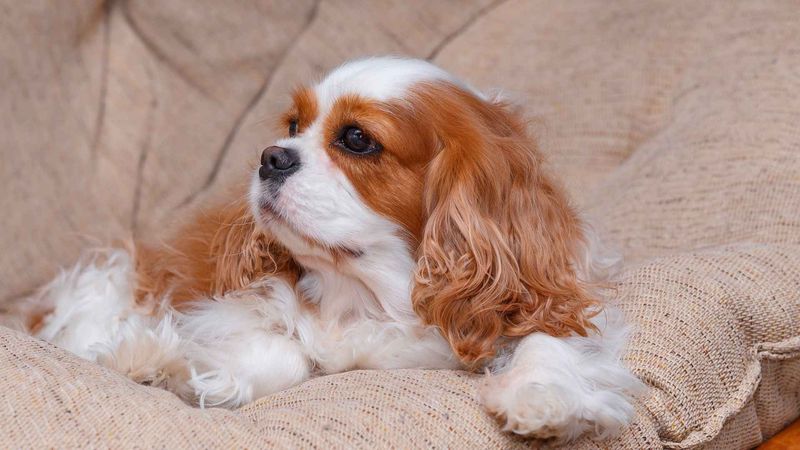
These silky-eared sweethearts were literally bred to warm the laps of nobility, making them natural companions for retirement living. Their moderate exercise needs are easily met with gentle daily walks around the community.
Cavaliers adapt beautifully to your routine, whether that includes afternoon naps or watching your favorite shows. They’re known for their extraordinary patience and gentle disposition.
Unlike some small breeds, Cavaliers rarely bark excessively, making them excellent neighbors in close-quarter living situations. Their soft, expressive eyes seem to understand exactly when you need a quiet friend by your side.
2. Shih Tzu – The Little Lion With A Big Heart

Originally bred as companions for Chinese royalty, these little ‘lion dogs’ excel at one job – being your devoted friend. Their compact size makes them perfect for apartment or retirement community living where space might be limited.
Shih Tzus require minimal exercise beyond short, leisurely walks. Their playful personalities provide entertainment without demanding strenuous activity from their owners.
While their luxurious coats require regular grooming, many owners find this bonding time enjoyable. A professional groomer can also keep their signature flowing locks in a practical, shorter cut for easier maintenance.
3. Greyhound – The Surprising Couch Potato

Don’t let their racing reputation fool you! Retired greyhounds are often called ’45-mph couch potatoes’ because they actually spend most of their time napping. These gentle giants typically enjoy a quick burst of energy followed by hours of relaxation.
Their short coats require minimal grooming, and they shed less than many breeds. Despite their size, greyhounds are incredibly gentle and rarely bark, making them wonderful apartment dwellers.
Many retired racing greyhounds are already adult dogs when adopted, bypassing the challenging puppy stage. They’re typically already house-trained and accustomed to routine – perfect for seniors seeking a calm companion.
4. Pekingese – The Dignified Companion
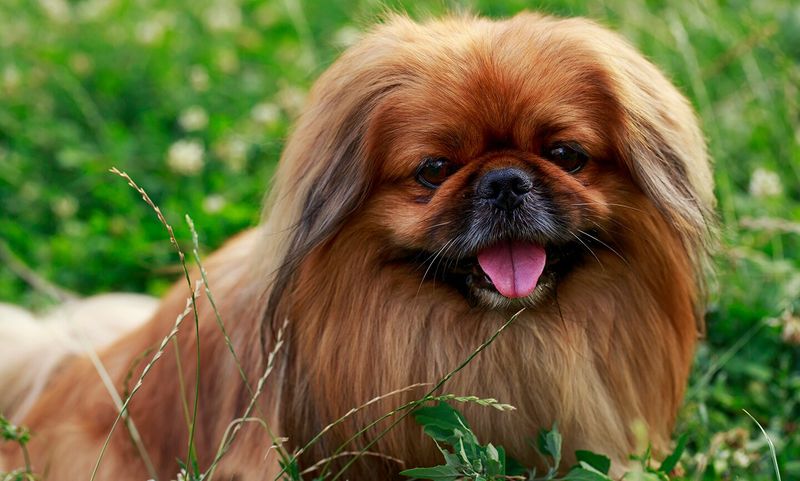
With a history as sacred temple dogs in ancient China, Pekingese carry themselves with a dignity that matches their royal heritage. These little lions are remarkably independent yet deeply devoted to their owners.
Their exercise needs are minimal – a few short walks daily keep them content. Pekingese prefer cuddle time to playtime, making them ideal for less active owners.
While their magnificent coats require regular brushing, many find this grooming routine relaxing. Their naturally protective nature means they’ll alert you to visitors without excessive barking. These small but mighty companions adapt beautifully to apartment living while providing a sense of security.
5. Bichon Frise – The Cheerful Fluffball

These cotton-ball pups bring sunshine wherever they go with their perpetually happy expressions and gentle personalities. Bichons are surprisingly sturdy despite their dainty appearance, making them less fragile than some small breeds.
Their hypoallergenic coats benefit people with mild allergies. Bichons love people of all ages, adapting beautifully to visits from grandchildren while remaining calm companions day-to-day.
Unlike many small dogs, Bichons rarely yap unnecessarily. Their moderate exercise needs are easily met with short daily walks and indoor play sessions. They genuinely thrive on human company, making them attentive companions who seem to sense when you need a little extra love.
6. Maltese – The Pocket-Sized Companion
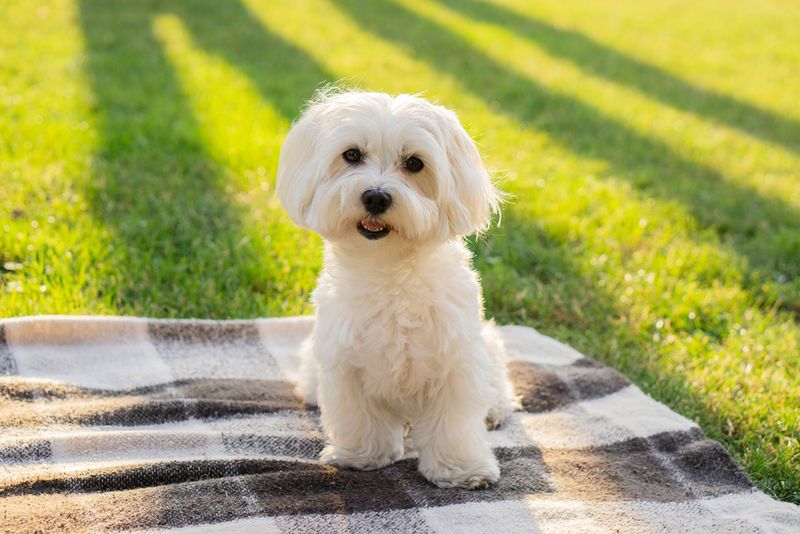
Weighing under seven pounds, these ancient Mediterranean treasures pack tremendous love into tiny packages. Maltese dogs have been cherished companions for thousands of years, perfecting the art of human connection across generations.
Their silky white coats shed minimally, though they do require regular grooming. Many owners opt for practical ‘puppy cuts’ that maintain their adorable appearance with less maintenance.
Maltese thrive on indoor activities and short walks, making them perfect for retirement communities. Their naturally alert nature means they’ll notice visitors without excessive barking. These little white shadows will follow you from room to room, providing constant, gentle companionship.
7. French Bulldog – The Apartment-Perfect Companion
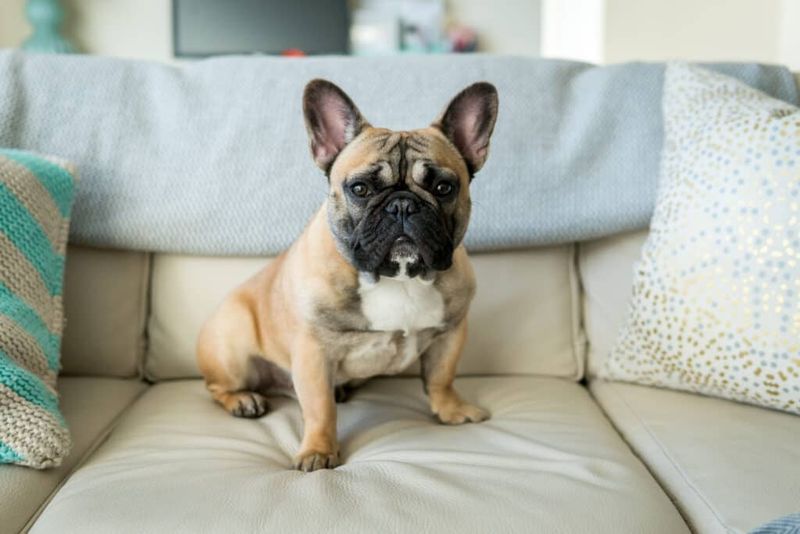
These bat-eared charmers have skyrocketed in popularity for good reason – they’re perfectly suited to indoor living. Frenchies require minimal exercise beyond short walks and play sessions, conserving their energy for cuddling.
Their expressive faces seem almost human-like in their ability to communicate. Despite their sturdy build, they’re surprisingly gentle and patient companions who adapt well to leisurely lifestyles.
Frenchies rarely bark without good reason, making them excellent neighbors in close living quarters. Their short coats require minimal grooming – just occasional brushing keeps them looking sharp. They excel at napping and will happily join you for afternoon rest times.
8. Basset Hound – The Low-Maintenance Lounger

Those soulful eyes and velvety ears hide a laid-back personality perfect for retirement living. Bassets move at a leisurely pace that matches well with seniors who prefer gentle strolls to brisk walks.
Their short coats require minimal grooming, though their adorable droopy ears need regular cleaning. Basset Hounds are famously good-natured and patient, rarely showing aggression even when startled.
While originally bred for hunting, modern Bassets have embraced couch-potato status with enthusiasm. They’re content to spend hours lounging nearby as you read or watch television. Their deep, melodious howls are infrequent but delightful – many owners report their Bassets only “sing” when truly excited.
9. Pug – The Comical Companion
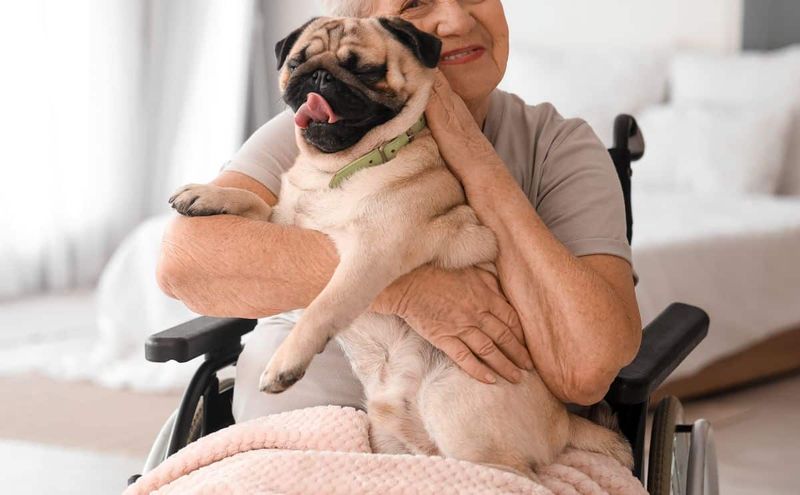
With their wrinkled faces perpetually expressing concern, amusement, or confusion, Pugs bring daily laughter to retirement living. These sturdy little clowns were bred specifically for companionship, and they take this job seriously.
Pugs require minimal exercise – short, gentle walks meet their physical needs perfectly. Their naturally social nature means they get along beautifully with neighbors, visitors, and other pets.
Their short coats shed more than you might expect but require little grooming beyond regular brushing. Pugs are remarkably attuned to human emotions and will offer comforting snuggles when you’re feeling down. Their adaptable nature means they’re content doing whatever you’re doing – whether that’s gardening or watching movies.
10. Border Collie – The Canine Einstein Needs Room To Work

Considered the Einstein of the dog world, Border Collies possess problem-solving abilities that require constant mental challenges. Without sufficient stimulation, these brilliant herders create their own “jobs” – often involving reorganizing your belongings or landscaping your garden!
Their intense exercise needs typically demand 1-2 hours of vigorous activity daily. A bored Border Collie quickly becomes destructive, developing habits like excessive barking or furniture chewing.
These dogs thrive in homes with large, securely fenced yards where they can run freely. Their natural herding instincts may manifest as “nipping” at heels of people or other pets. While incredibly loyal and trainable, their workaholic nature makes them poor matches for sedentary lifestyles.
11. Australian Shepherd – The Tireless Ranch Hand
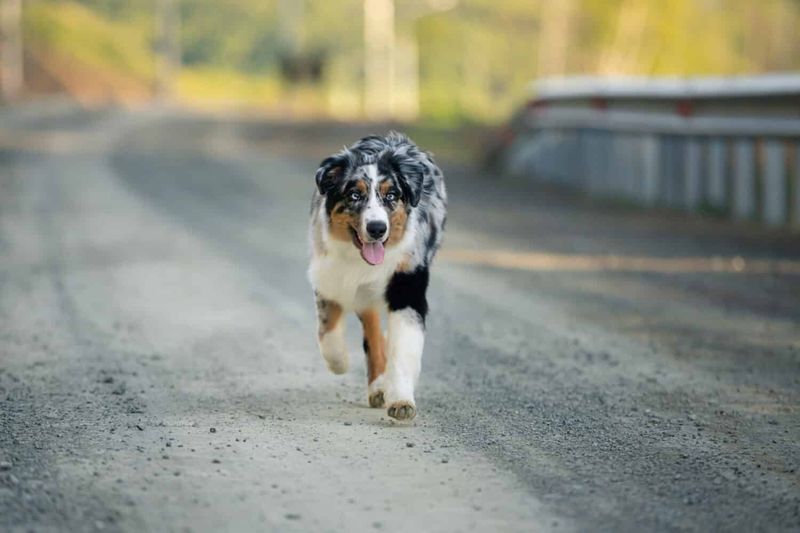
Don’t let those mesmerizing eyes fool you – Aussies are working dogs through and through. Developed to manage livestock on ranches, these dogs possess boundless energy that requires substantial daily outlets.
Without proper exercise and mental stimulation, Australian Shepherds often develop anxiety behaviors like destructive chewing or compulsive barking. Their herding instincts may lead to “collecting” household members by circling and nudging.
Aussies excel in homes with large yards and active owners who enjoy hiking, running, or dog sports. Their intelligence demands regular training sessions and puzzle toys. While extraordinarily loyal and affectionate, their need for constant engagement makes them challenging companions for less active households.
12. Siberian Husky – The Snow-Loving Escape Artist
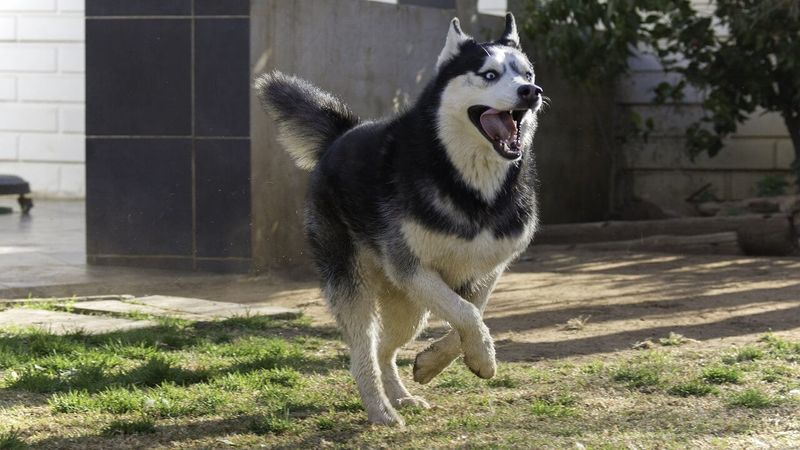
Bred to run for miles pulling sleds across frozen landscapes, Huskies possess seemingly inexhaustible energy reserves. Their exercise requirements are substantial – at minimum, they need vigorous daily runs beyond simple walks around the block.
Huskies are notorious escape artists who can jump fences, dig under barriers, or slip through small openings with surprising skill. Their independent nature makes training challenging, as they constantly question why they should follow commands.
Their thick double coats shed tremendously twice yearly in explosive “blow outs” that fill homes with fur tumbleweeds. While extraordinarily beautiful and social, their stubborn personalities and exercise needs make them poor matches for retirement living. Huskies thrive in active homes with secure yards and owners who enjoy outdoor adventures.
13. Jack Russell Terrier – The Perpetual Motion Machine

Don’t be fooled by their small size – Jack Russells pack the energy of much larger dogs into compact, muscular bodies. Originally bred to hunt foxes, these tenacious terriers need substantial daily exercise to prevent destructive behaviors.
Their prey drive remains intensely strong, making them likely to chase anything that moves – squirrels, cats, or even cars. Jack Russells are legendary diggers who can transform gardens into moonscapes in surprisingly short time.
Their vocal nature means they readily alert to any perceived threats – including delivery people, neighbors, or leaves blowing past windows. While incredibly intelligent and devoted, their boundless energy and stubborn streak make them challenging for less active households. They thrive with owners who provide consistent training and plenty of outdoor adventures.
14. Dalmatian – The Spotted Marathon Runner
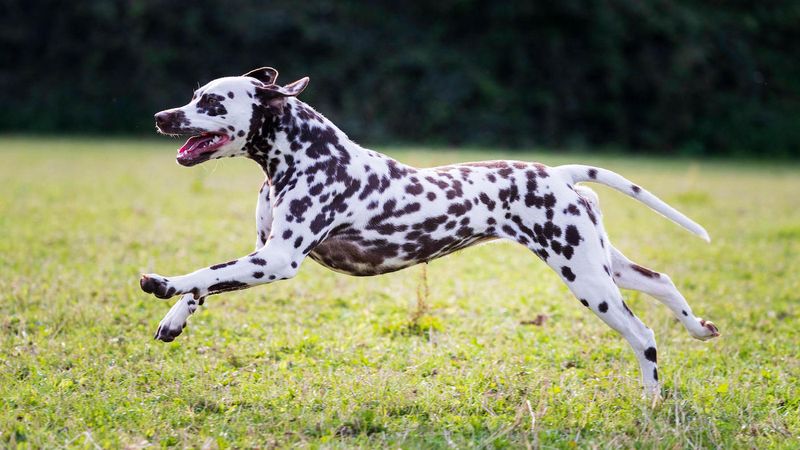
Famous for their distinctive spots and firehouse heritage, Dalmatians were bred to run alongside horse-drawn carriages for miles. This endurance remains hardwired in modern Dals, who require substantial daily exercise to remain balanced and well-behaved.
Without proper outlets for their energy, Dalmatians often develop destructive habits like excessive barking or chewing. Their high intelligence means they grow bored quickly with repetitive activities.
Dalmatians shed constantly year-round, leaving white hairs embedded in clothing and furniture. While extraordinarily loyal and striking in appearance, their exercise requirements make them poor matches for sedentary lifestyles. They thrive in active homes with secure yards and owners who enjoy running, hiking, or biking with their spotted companions.
15. Weimaraner – The Gray Ghost Needs Room To Roam
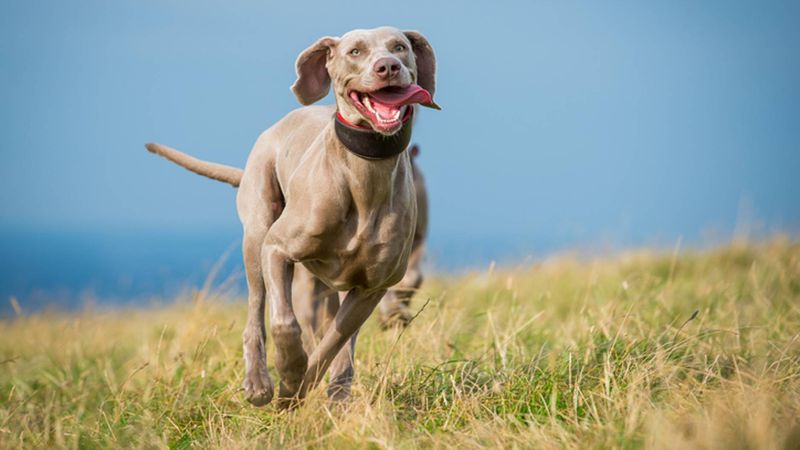
With their distinctive silver-gray coats and piercing eyes, Weimaraners were developed as all-day hunting companions for German nobility. This working heritage translates to extraordinary energy levels that demand substantial daily exercise.
Weimaraners suffer from severe separation anxiety when left alone for extended periods. Their strong prey drive means they’ll enthusiastically chase smaller animals, including neighborhood cats.
These velcro dogs form intense attachments to their owners, often following them from room to room. While deeply loyal and intelligent, their exercise requirements and need for constant companionship make them challenging for retirement living. They thrive in active households with secure yards and owners who include them in daily activities like hiking, swimming or running.

